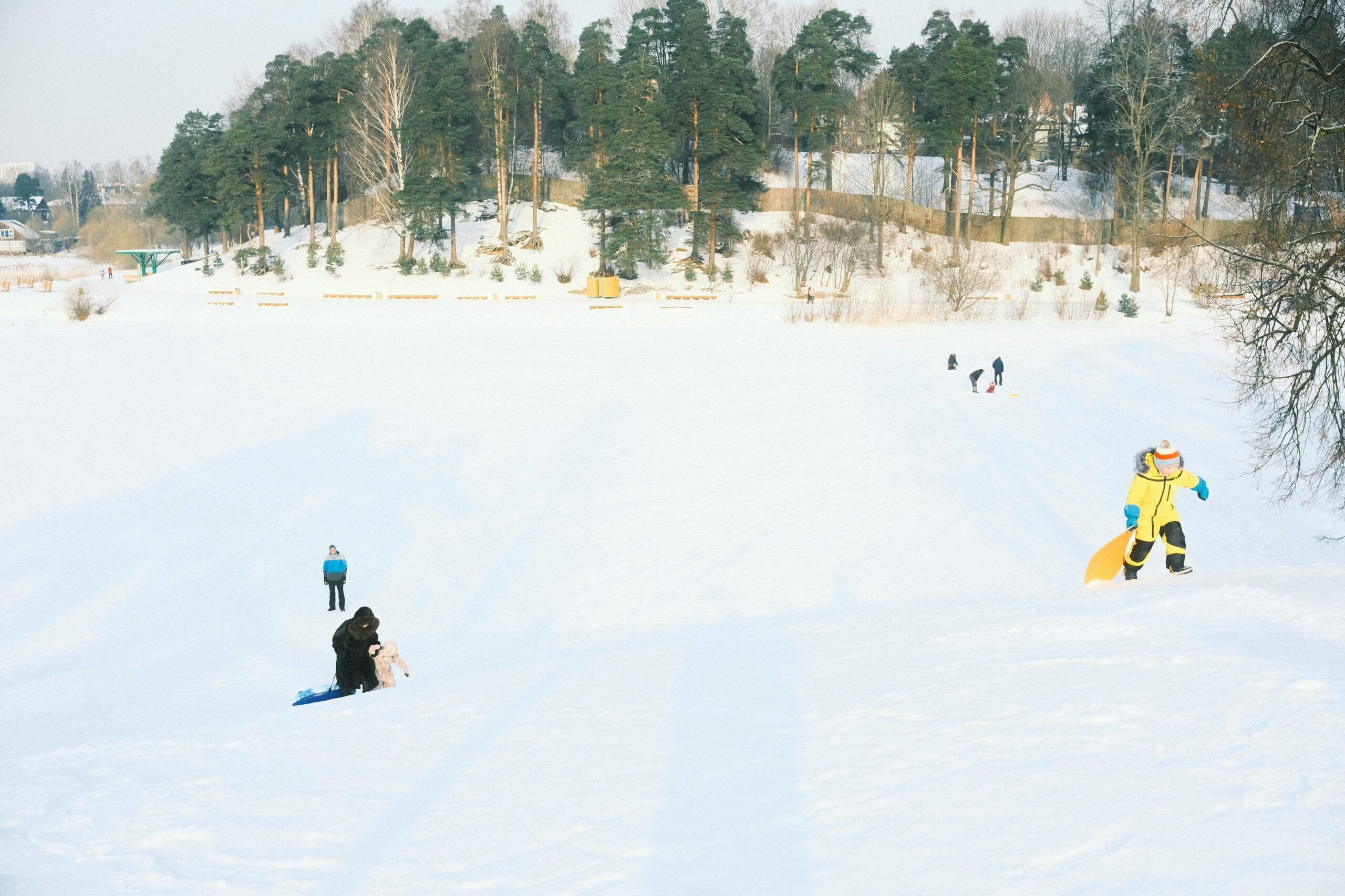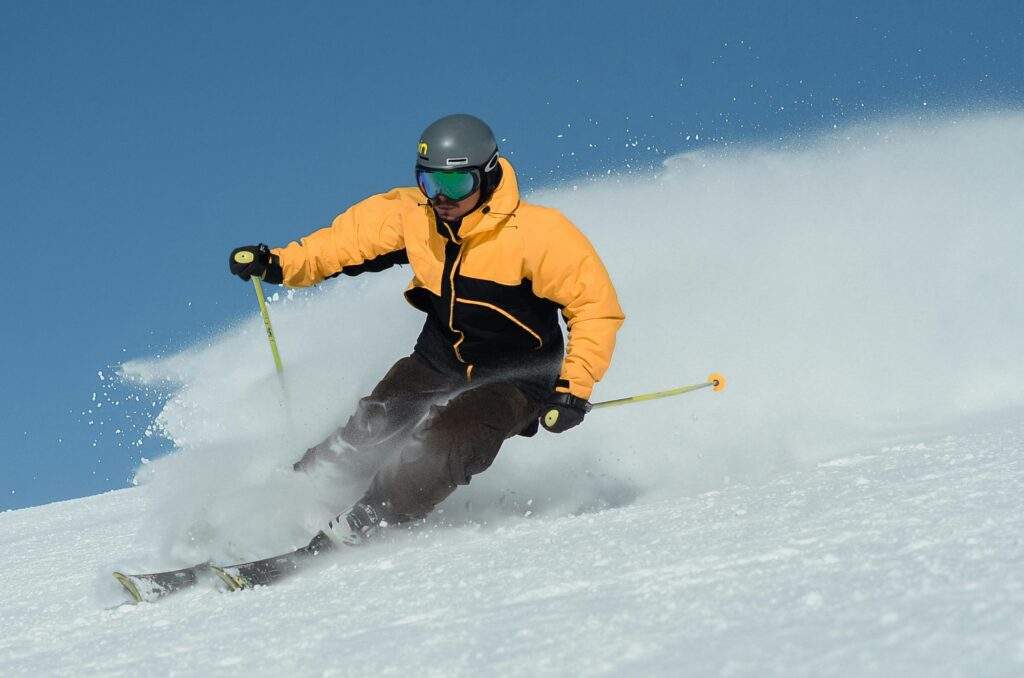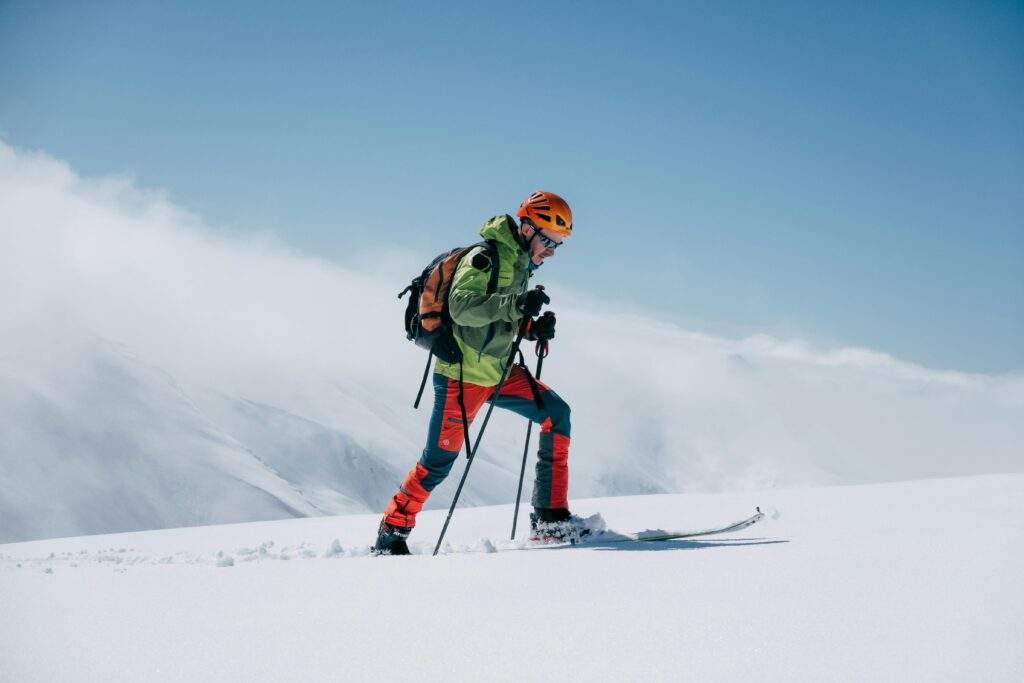Ever wondered how burning 600 calories feels while surrounded by serene winter wonderlands? Spoiler alert: it’s called snowshoeing.
Think fitness has to be boring gym sessions or crowded yoga classes? Think again. Today, we’re diving deep into the Snowshoeing Fitness Benefits—the ultimate way to combine adventure, nature, and a killer workout. In this post, you’ll learn why snowshoeing is more than just an outdoor activity, how to get started without looking like Bambi on ice, and tips for maximizing its health benefits.
Table of Contents
- Key Takeaways
- Why Snowshoeing Is a Game-Changer for Fitness
- Getting Started with Snowshoeing: From Zero to Hero
- Maximizing Snowshoeing Fitness Benefits
- Real-World Stories: Who Knew Snowshoeing Could Be This Fun?
- Frequently Asked Questions About Snowshoeing
Key Takeaways
- Snowshoeing burns up to 600 calories per hour, making it one of the most effective cardio workouts.
- The low-impact nature of snowshoeing protects joints while building endurance and strength.
- It boosts mental health by combining physical activity with nature immersion.
- With minimal gear required, snowshoeing is both affordable and accessible.
Why Snowshoeing Is a Game-Changer for Fitness
Let me paint a picture for you. A few years ago, I tried snowshoeing for the first time—and promptly face-planted into a pile of powder because I didn’t adjust my bindings correctly. Embarrassing? Absolutely. Worth it? Hell yes.
Sure, snowshoeing may look a bit goofy at first glance (let’s not pretend those oversized shoes are “sexy”), but here’s the thing: every step you take is literally resistance training in disguise. Your quads, hamstrings, glutes, and calves all work overtime, which makes it ridiculously good for toning and improving cardiovascular endurance.

Image: Striding through snow-covered trails strengthens leg muscles and improves balance.
But wait, there’s more. Unlike running or jogging on hard pavement, snowshoeing provides cushioning from the soft snow beneath your feet. Translation: No pounding knees, no achy joints—just pure, uninterrupted bliss for your body.
Optimist You:
“Sign me up! This sounds amazing.”
Grumpy You:
“Yeah, sure—but what if I hate cold weather and can’t find the right trail?”
Getting Started with Snowshoeing: From Zero to Hero
If you’re ready to trade treadmills for trails, follow these steps:
- Pick the Right Gear: Invest in lightweight snowshoes designed for beginners. Don’t skimp on warm layers and waterproof boots either.
- Choose Beginner-Friendly Trails: Look for flat terrain with easy access near your area. National parks often have beginner loops perfect for newbies.
- Warm Up First: Stretch those legs before heading out. Trust me; you don’t want stiff muscles halfway through your hike.
Pro Tip: Avoid borrowing hand-me-down snowshoes unless they fit properly—nothing ruins a day faster than ill-fitting equipment.

Image: Choosing the correct size and type of snowshoe ensures comfort and efficiency during hikes.
Maximizing Snowshoeing Fitness Benefits
Now that you know the basics, let’s talk about turning snowshoeing into a full-blown fitness routine:
- Vary Terrain: Mix steep climbs with gentler slopes to challenge different muscle groups.
- Incorporate Intervals: Sprint short distances then recover as you walk slowly. It’s HIIT meets snowy magic!
- Use Trekking Poles: Adding poles engages your arms and core, amplifying calorie burn.
Avoid Overdoing It Alert: “Just buy super-cheap rentals every time” might sound economical, but trust me—it’s terrible advice. Properly fitted gear matters. Poorly adjusted straps will leave blisters you won’t forget anytime soon.
Real-World Stories: Who Knew Snowshoeing Could Be This Fun?
Take Sarah, a busy marketing exec who swapped her weekly spin class for weekend snowshoe adventures. She dropped inches off her waistline and found peace she hadn’t experienced since leaving college. Or Mark, a retired teacher who discovered snowshoeing after knee surgery—it helped him regain mobility without pain.

Image: Group activities like guided tours make snowshoeing fun and social.
Frequently Asked Questions About Snowshoeing
Q: Can anyone try snowshoeing?
Yes! Whether you’re five or fifty-five, snowshoeing is beginner-friendly and adaptable.
Q: How much weight can modern snowshoes support?
Most models handle users weighing up to 250 pounds. For heavier individuals, specialized designs exist.
Q: Is snowshoeing safe?
Absolutely—as long as you pick appropriate trails and dress warmly. Always carry water and snacks too!
Conclusion
Snowshoeing isn’t just another seasonal hobby—it’s a powerhouse workout hidden under fluffy white blankets of snow. By exploring trails, engaging your entire body, and reaping incredible fitness benefits, you’ll feel stronger, healthier, and happier with each step.
So grab some buddies, rent a pair of snowshoes, and hit the great outdoors. Because when else can you say, ‘I crushed my fitness goals while frolicking like Frodo in Middle Earth’?
Nature’s calling. Your inner adventurer awaits. Lace up those snowshoes—you got this.
PS: Remember sunscreen even in winter. Sunburn + snow glare = recipe for disaster.


